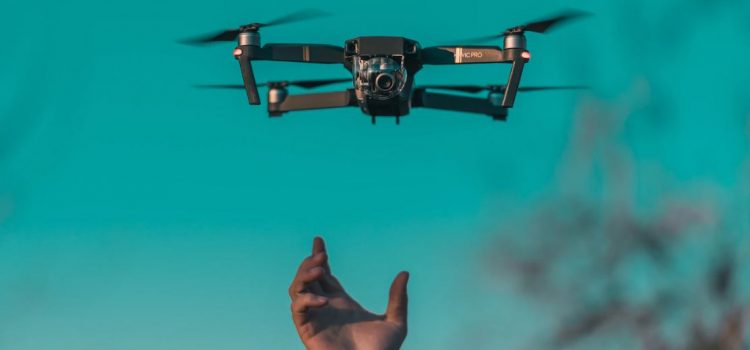
This is a free excerpt from one of Shortform’s Articles. We give you all the important information you need to know about current events and more.
Don't miss out on the whole story. Sign up for a free trial here .
What is the drone economy? How are various industries using it and what does the future promise for it?
The global drone market is expanding rapidly and is expected to reach $56 billion by 2030. However, strict FAA regulations on drone flights are limiting further growth of commercial drone services.
Here’s a look at the FAA’s regulations, and the potential future uses of drones.
The Drone Economy
From storefronts to the skies, drones are taking over the economy—and the use of the burgeoning technology has vast implications for businesses, regulators, and society.
Background
The global drone market is the economic activity made possible by commercial and consumer drone use. The drone economy saw limited development until 2016, when the Federal Aviation Administration (FAA) granted exemptions for commercial drone operations in various sectors like agriculture, construction, and insurance.
By early 2022, the global drone market had reached a value of nearly $31 billion, with more than 2,000 commercial drone deliveries conducted daily. The market is predicted to reach $56 billion by 2030.
However, experts argue that overly strict FAA regulations on drone flights are limiting the growth of commercial drone services.
Experts argue easing these restrictions would allow for safer expanded drone services like commercial deliveries, law enforcement, and emergency response.
Industries Using Drones
A growing number of industries are using drones to save time and money, including:
- Logistics, to transport goods faster and more cheaply.
- Agriculture, to survey large tracts of land, monitor crops and livestock, and manage irrigation and pesticide application.
- Health care, to transport medicine.
- Construction, to inspect sites and comply with safety regulations.
- Insurance, to conduct faster, more precise property assessments.
- Utilities, oil and gas companies, and water management authorities to inspect infrastructure such as powerlines, pipelines, and aqueducts.
Drones are also used by:
- Law enforcement and first responders to address dangerous situations like bomb threats and wildfires while safeguarding police officers and firefighters.
- The US military for combat, surveillance, and reconnaissance.
Drones’ Positive Environmental Impact
Experts say that drones have the potential for substantial environmental benefits, including:
- Significantly reducing carbon emissions. Drones reduce companies’ reliance on delivery vehicles, which could aid many countries in reaching emissions targets outlined in global agreements.
- Enabling scientists to monitor the environment and track climate change.
Drone Downsides
But critics counter that drones raise serious concerns, including:
- Privacy and safety. Because drones can be outfitted with cameras, heat and motion sensors, GPS, and facial recognition software, they can be used to spy or conduct unauthorized surveillance.
- Accidents and crashes. Delivery drones can have difficulty navigating around buildings in densely populated areas. They also pose risks to wildlife—especially birds.
Looking Ahead
Some experts predict that the commercial drone market will create 100,000 jobs in the US within three years and reach a value of $500 billion by 2030. But for the global drone market to grow safely and reach its full potential, FAA regulations must adapt and focus on protecting people, property, and information from malicious and accidental drone incidents.

Want to fast-track your learning? With Shortform, you’ll gain insights you won't find anywhere else .
Here's what you’ll get when you sign up for Shortform :
- Complicated ideas explained in simple and concise ways
- Smart analysis that connects what you’re reading to other key concepts
- Writing with zero fluff because we know how important your time is






